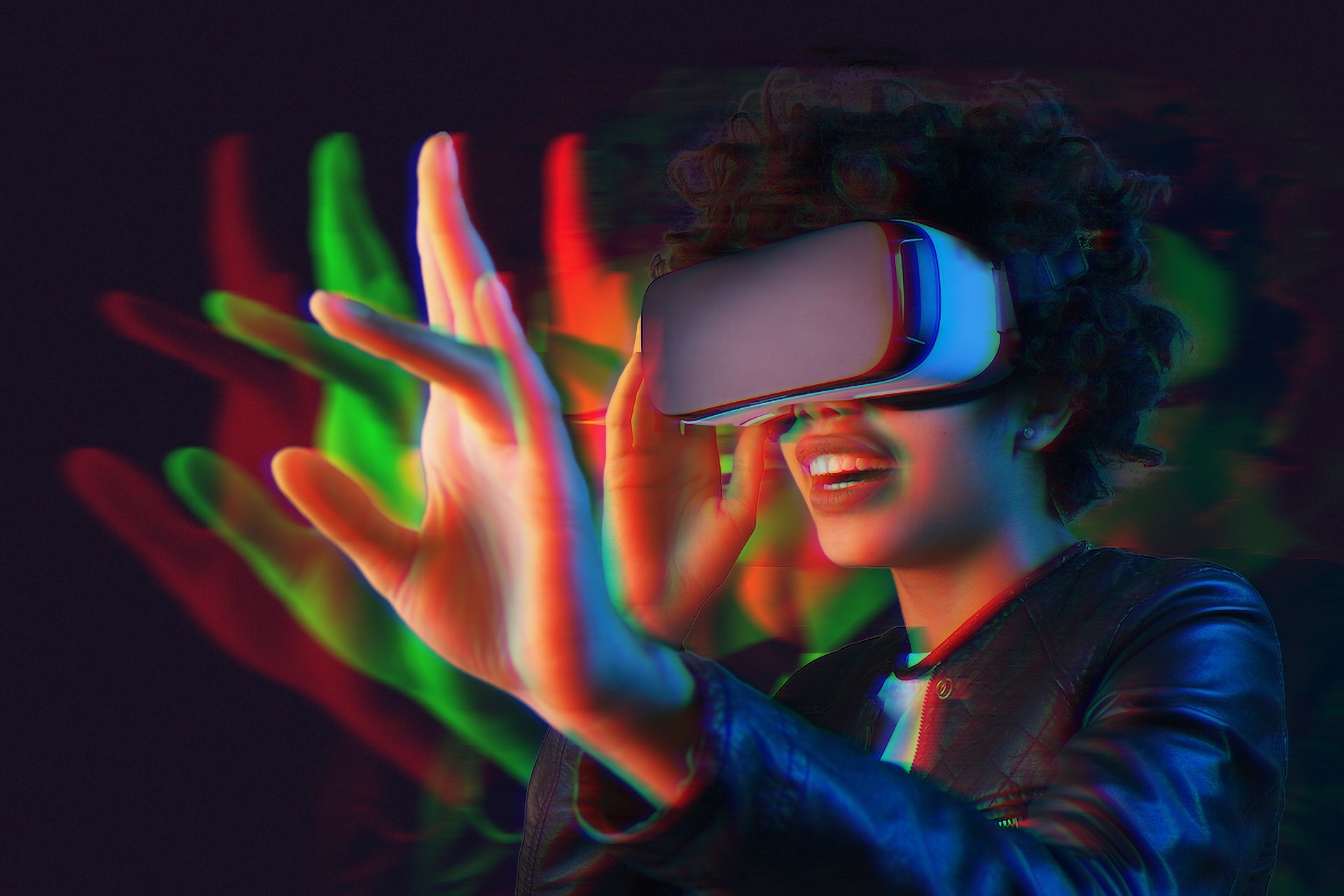Integrating Augmented Reality into Telecommunications: A New Era of Connectivity
In the world of telecommunications, change is the only constant. From the rudimentary telegraph systems of the 19th century to the high-speed internet connections we rely on today, each advancement has revolutionized the way we communicate. Today, we stand on the brink of another monumental shift—integrating Augmented Reality (AR) into telecommunications.
AR enhances our physical world by overlaying digital information—such as images, sounds, and text—onto our real-world environment. Initially popularized within the gaming and entertainment sectors, AR is now poised to dramatically transform the telecommunications industry.
The Emergence of Augmented Reality in Telecommunications
AR’s initial integration into telecommunications was largely driven by the need for immersive, interactive communication experiences. Early adoption, however, was hampered by limited technology and high costs. But thanks to advancements in AR software and hardware, coupled with the proliferation of smartphones, this is changing.
The past decade has seen a surge in AR applications within telecommunications, from remote assistance tools to interactive customer service platforms. These applications have not only improved customer experiences but also opened up new revenue streams for telecom companies.
Current Trends and Regulatory Changes
The global AR market is projected to grow at a staggering rate, with a predicted valuation of $198 billion by 2025. In the telecom sector, AR applications are becoming more sophisticated and widespread. For example, telecom providers are now using AR to facilitate remote troubleshooting, reducing the need for costly on-site visits.
Regulatory bodies are also starting to address AR. In the US, the Federal Communications Commission (FCC) has begun exploring how to regulate AR technology to ensure fair competition and protect consumers. Such regulatory attention underscores the growing importance of AR in telecommunications.
Impact, Challenges, and Applications of AR in Telecommunications
The potential impact of AR in telecommunications is immense. By offering interactive, immersive experiences, AR can transform the way we communicate. For instance, AR can enable real-time, interactive meetings—irrespective of geographical location—enhancing collaboration and productivity.
However, integrating AR into telecommunications also presents challenges. The high data demands of AR can strain network resources, necessitating robust, high-speed internet connections. Additionally, privacy and security concerns need to be addressed as AR gains popularity.
Despite these challenges, the applications of AR in telecommunications are vast and varied. From enhanced customer support to immersive entertainment experiences, AR is set to redefine our communication landscape.
Backed by Research: The Future of AR in Telecommunications
Numerous studies predict a bright future for AR in telecommunications. A report by ABI Research forecasts that AR will generate $2 billion in network traffic by 2024. Another study by PwC predicts that AR could contribute $1.3 trillion to the global economy by 2030, with telecom being one of the sectors most impacted.
In conclusion, the integration of Augmented Reality into telecommunications represents a significant shift in the way we communicate. It offers a more immersive, interactive communication experience and opens up new opportunities for telecom providers. As we continue to navigate this exciting frontier, it’s clear that AR will play a pivotal role in shaping the future of telecommunications.





